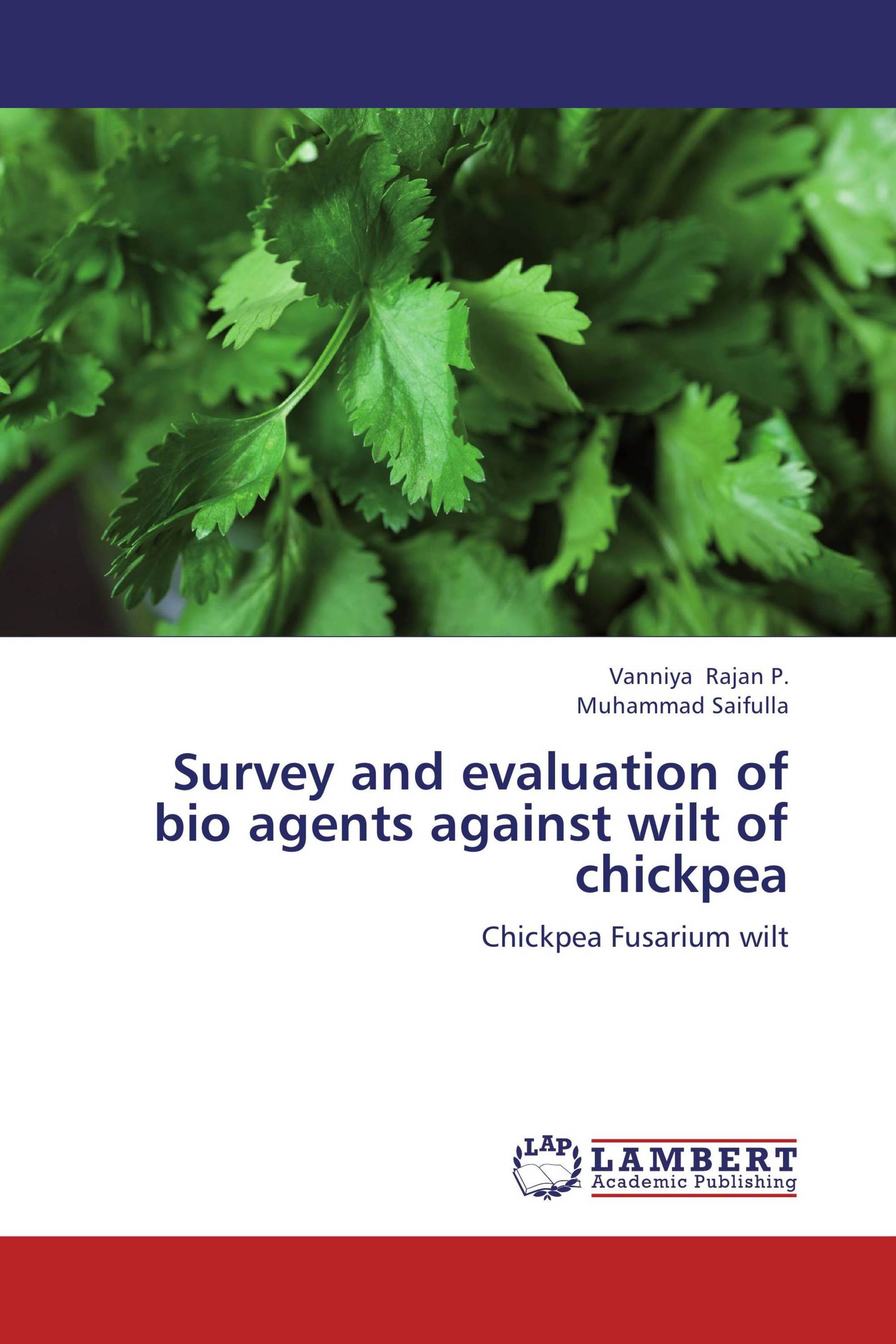Chickpea is one of the major grain legume crop widely grown in the Indian sub continent, which accounts for almost 75 per cent of world’s production. Chickpea wilt caused by Fusarium oxysporum f. sp. ciceri is the most important soil borne disease and main constraint in boosting the yield. Keeping in view survey on the incidence of Fusarium wilt of chickpea diseases was carried out in seven districts of southern Karnataka during Rabi 2010-11. Among the seven districts surveyed, maximum Fusarium wilt incidence (11.75%), dry root rot (26.40%) and phyllody (1.30 %) was recorded in Bengaluru where as maximum collar rot incidence was recorded in Tumkur district (6.50%). Among different giant cultures evaluated for the growth and multiplication of pathogen, chickpea grain culture had highest F. oxysporum f.sp. ciceri population density of 78 cfu/gram of culture followed by chickpea straw (45 cfu/gram of culture). Among five different giant cultures selected to induce wilt disease symptoms, potato dextrose broth culture produced more wilt incidence followed by chickpea seed culture. Among different techniques involved for the production of wilt disease, chickpea injured root treated with
Book Details: |
|
|
ISBN-13: |
978-3-659-38604-6 |
|
ISBN-10: |
3659386049 |
|
EAN: |
9783659386046 |
|
Book language: |
English |
|
By (author) : |
Vanniya Rajan P. |
|
Number of pages: |
112 |
|
Published on: |
2013-05-10 |
|
Category: |
Education, Occupation, Career |
